Content Strategy
What is a Content Strategy?
A content strategy is a plan for creating, distributing, and managing content to achieve specific business goals. It involves defining your target audience, setting content goals, choosing content types and formats, and determining distribution channels. A well-defined content strategy ensures that all content efforts are aligned with your overall marketing objectives and resonate with your audience.
Why is a Content Strategy Important?
A content strategy is important because it provides direction and focus for your content marketing efforts. It ensures that all content is created with a clear purpose, aligns with your brand message, and supports your business goals. A strategic approach to content helps in maintaining consistency, improving content quality, and maximizing the impact of your content marketing.
A content strategy also helps in efficiently allocating resources, managing content creation, and measuring the success of your content efforts. It provides a framework for continuous improvement, enabling you to adapt to changing audience needs and market trends.
Best Practices for Developing a Content Strategy
1. Define Your Goals
Clearly define the goals of your content strategy. These could include increasing brand awareness, driving traffic, generating leads, improving SEO, or building customer loyalty. Having specific goals helps guide your content efforts and measure success.
2. Know Your Audience
Understand your target audience’s needs, preferences, and pain points. Use audience personas, surveys, and analytics to gather insights. Tailor your content to address their interests and provide solutions to their problems.
3. Conduct a Content Audit
Perform a content audit to assess your existing content. Identify what is working well, what needs improvement, and what gaps need to be filled. A content audit provides a baseline for your content strategy and helps prioritize content creation.
4. Choose Content Types and Formats
Determine the types of content and formats that will best resonate with your audience and achieve your goals. This could include blog posts, articles, videos, infographics, podcasts, social media posts, and more. Diversifying content types keeps your audience engaged.
5. Develop a Content Calendar
Create a content calendar to plan and organize your content creation and distribution. A content calendar ensures consistency, helps coordinate with marketing campaigns, and provides a clear timeline for content delivery.
6. Optimize for SEO
Incorporate SEO best practices into your content strategy to improve visibility and attract organic traffic. Use relevant keywords, meta descriptions, headers, and internal and external links. SEO optimization helps your content rank higher in search results.
7. Distribute Content Effectively
Determine the best distribution channels for your content, including your website, social media, email newsletters, and third-party platforms. Actively promote your content to reach a wider audience and maximize its impact.
8. Measure and Analyze Performance
Track and analyze the performance of your content using analytics tools. Monitor key metrics such as traffic, engagement, shares, conversions, and ROI. Use these insights to refine your content strategy and improve future content.
9. Engage with Your Audience
Encourage audience interaction by responding to comments, answering questions, and participating in discussions. Engaging with your audience builds relationships and fosters a sense of community around your brand.
10. Continuously Improve
Regularly review and update your content strategy based on performance data and audience feedback. Stay informed about industry trends and best practices to keep your content efforts effective and relevant.
By following these best practices, you can develop a successful content strategy that attracts, engages, and converts your target audience, ultimately driving business growth and achieving your marketing goals.
For more terms, return to the content marketing glossary and freelance writing glossary.

